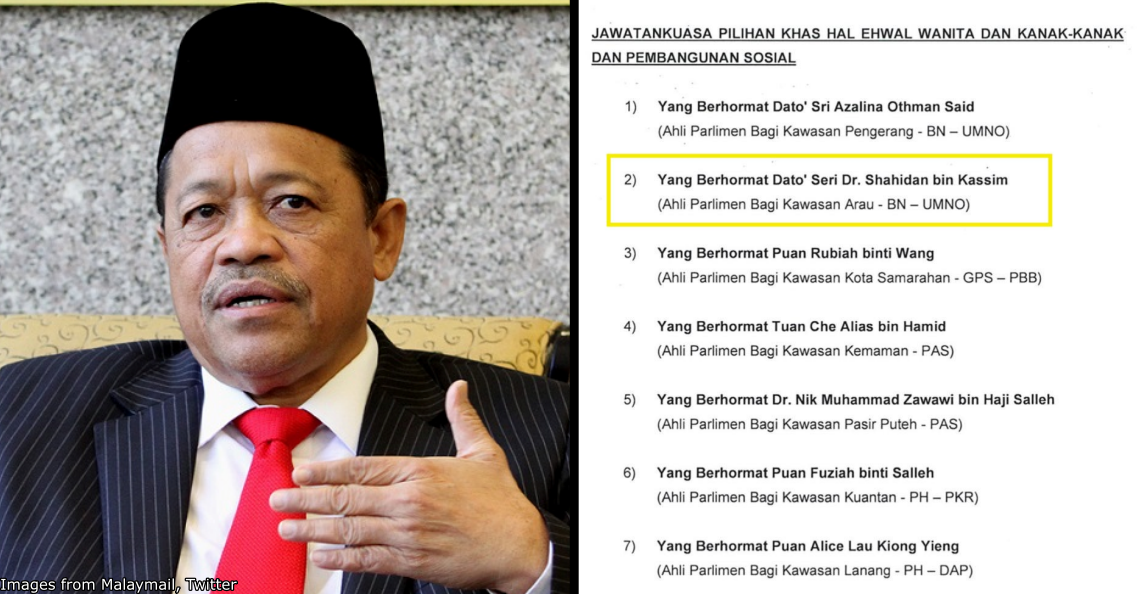This man took a polygraph test to prove Anwar molested him, but how credible are those?
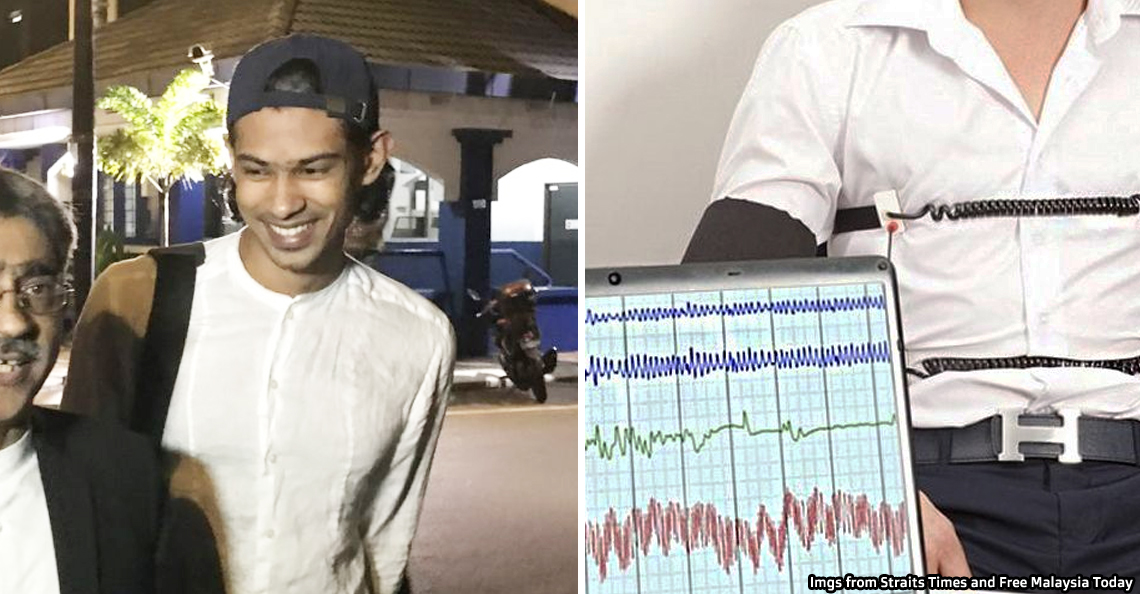
- 346Shares
- Facebook316
- Twitter5
- LinkedIn3
- Email3
- WhatsApp19
Recently, you might have heard about a guy named Muhammed Yusoff Rawther. Previously working under Anwar Ibrahim, Yusoff stepped into the spotlight earlier this month when he suddenly accused Anwar of having tried to molest him over a year ago.
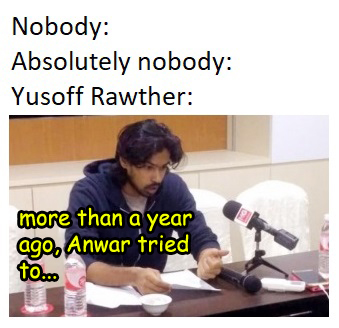
The incident, which Yusoff claimed had left him “traumatized and disturbed to an extent”, led him to talk about it in a press conference in early December, and to file a police report soon after. Anwar had since denied the allegations, saying that it was a ‘baseless slander’ to lower his image ahead of PKR’s National Congress, but Yusoff stuck to his story like a fly to flypaper.
Even before the press conference, he had filed a Statutory Declaration (which is something you do when you claim something’s true but have no evidence of it) regarding the matter, and most recently he voluntarily let – nay, requested for – the police to run a polygraph test on him, believing that it will help the investigations. According to Mohamed Haniff Khatri Abdulla, Yusoff’s lawyer who coincidentally also have double Fs at the end of his name,
“Yusoff is also fully aware that similar to other forensic tests, there are no specific provisions of law which provide for the conduct of polygraph tests in criminal investigations, but believes that the availability of such technology within our jurisdiction should be put to use in this investigation to support his allegation, independent from the voluntary statutory declaration which he affirmed on Nov 19, 2019,” – Mohamed Haniff, as quoted by MalaysiaKini.
Whoah. SD, then polygraph test some more? Seems like this Yusoff guy is pretty bent on proving his claim. However, is a polygraph test a good way to do it? Well…
Polygraph tests seem to have excellent credibility… according to those who perform them
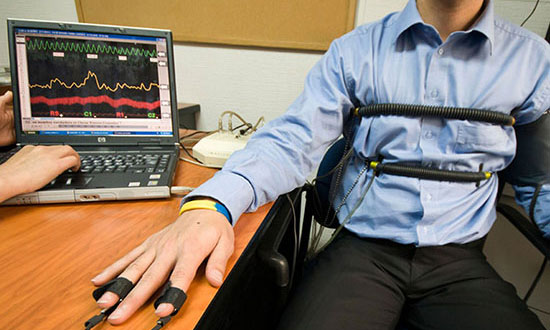
Just in case some of us are unaware of what polygraphs are, they’re also known as lie detector tests. If Malaysian news reports are any indication, they’re the go-to tests when you want to find out the truth about something from people. For example, in the controversial case of Muhammad Adib’s death, it was reported that seven key witnesses will be subjected to polygraph tests, and following the leak of Azmin Ali’s alleged sex video, some have called for him to undergo the test, but he brushed those calls off.
It’s no secret that polygraph tests are a thing in Malaysia, and according to MACC’s deputy chief commissioner, Datuk Azam Baki, back in 2017,
“Police and MACC still use the polygraph test during interrogations. The commission only uses it on those who give their consent. This is the requirement set by the manufacturers who supplied us the equipment. Information gathered during the examination is used only to assist us in probes,” – Datuk Azam Baki, to NST.
But the MACC and the police don’t seem to be the only ones using the technology. Datuk Akhbar Satar, president of the Malaysian Chapter of the Association of Certified Fraud Examiners, revealed that there were 30 well-trained polygraphers with various enforcement agencies in the country as of 2017, and these officers are claimed to be trained in interrogation techniques to get confessions and detect attempts to deceive the examiner.

Akhbar, who is also the president of Transparency International, seems to be the authority on polygraph tests in Malaysia, and he had claimed that law enforcement agencies have used the test with success to identify those involved with the Lahad Datu incident, the Islamic State movement, and many other serious crimes. However, polygraph tests have also been used for more mundane things, like investigating those suspected of falsifying car insurance claims, internal inquiries within companies as well as staff recruitment.
Besides the success in all these applications, Datuk Akhbar had also quoted the American Polygraph Association’s (APA) studies over the past 25 years which claimed that the accuracy of the new computerized polygraph system is close to 98 per cent* ‘when examined by qualified examiners’, especially APA members who ‘use validated techniques’.
“In other words, it is very accurate. It clearly shows that it is not just a simple test but a serious test that can be applied to the private and public sectors. It is impossible to cheat in polygraph tests conducted by certified examiners.” – Datuk Akhbar Satar, from his letter to NST.
However, despite the encouraging testimony by polygraph experts, not many countries’ judicial systems see the polygraph test as a valid enough evidence in court. Malaysia currently do not accept polygraph tests as evidence, although there have been talks to change that. Polygraph tests have been described as controversial and unreliable, and a big part of that is because…
Technically, polygraph machines can’t really detect lies

What does a polygraph machine detect, then? There are several variations out there, but most basic polygraph machines have coils and other thingamajug connected to a person that detects changes in breathing, blood pressure, heart rate, and sweating (sometimes fancified as ‘galvanic skin response‘). The underlying theory is that if someone lies, their body might unconsciously react in small ways, and a polygraph machine will show these precious moments in the form of graphs.
However, these unconscious reactions may also be linked to fear and anxiety, and they may not necessarily mean that someone with these reactions are lying. Leonard Saxe, a psychologist who did extensive studies on polygraphs, said that people can get fearful and anxious both from telling truth and lies. This gives habitual liars and psychopaths an edge when it comes to cheating in polygraph tests.
“All these physiological measures are simply associated with fear and anxiety. And people are anxious sometimes when they’re telling the truth, and they can be not anxious sometimes when they’re lying. The more practiced you are at lying, the less anxiety is associated with it.” – Leonard Saxe, to Vox.
And while studies by the US’s National Research Council did found that polygraph tests can correctly identify who’s lying at rates greater than chance, they also incorrectly indicate that lots of honest people are lying as well. In short, polygraph machines may not be able to tell the difference between someone who’s lying and someone who’s trying to hold in a fart.

But the machine itself is only one part of the test. As put by Datuk Akhbar from earlier,
“Even so, the instrument is not truly a lie detector. The polygraph instrument produces only graphs. The polygraph examiners are the lie detectors and they determine whether the person is deceptive or truthful.” – Datuk Akhbar Satar, to NST.
Disregarding the amount of power put into the judgment of the examiners, this reduces the polygraph’s role in the interrogation as a form of placebo-effect creator, that is, the subject may believe that the examiners will surely know if they’re lying, so they’ll more likely to either confess the truth or show obvious signs of lying. This is perhaps the real function of the polygraph, and why some interrogators swear by their efficacy.
Despite that, there are a slew of other things that can be questioned when it comes to the credibility of these polygraph tests, like the phrasing of the questions and the subject’s mental conditions and whatnot, but the point here is that polygraph tests are not as scientific and as reliable as they may seem when it comes to detecting lies. Still, maybe the belief in the polygraph’s powers alone may be enough for it to stay useful.
“People want to believe in a just world. And in a just world, people can’t get away with lying. My impression from speaking with some polygraphers is that they believe what they’re doing is accurate. Some even say things like, ‘God gave us this tool to make a better world.'” – Leonard Saxe, to Vox.
Considering that passing a polygraph test doesn’t mean that you’re 100% truthful and you can’t use it as evidence in court anyway…
How would taking a polygraph test help Yusoff’s case?

We know that some of you might already be rolling your eyes at the question, but for the other half scratching their heads, it may be part of a series of actions taken to convince people that his claims are true. Based on news reports so far, however, it would seem that he has no concrete evidence at hand, which may explain why he had to resort to measures like filing a Statutory Declaration, a press conference, a police report, and the latest, a polygraph test. According to Mohamed Haniff, his lawyer from earlier,
“This polygraph test is one of the things he wanted for himself mainly to prove his claim,” – Mohamed Haniff, as reported by NST.
While the results of the polygraph test is expected to be out next week, based on what we know so far about polygraph tests, the results should be in his favor if he either truly believes in his claims, is not bothered by lying, or if his claims are truly true. But regardless of the results or whether or not his claims are actually true, one may argue that in Yusoff’s case, it’s the act of taking the test itself that’s important to his goal of convincing people.
So what’s next? We guess wait for police investigations, but in the mean time, here are some other evidence-less ways people have tried to convince the public in the past that maybe Yusoff can try next:
a. Challenge Anwar to sue/start a legal action against him
Taking a leaf out of the Azmin Ali sex tape scandal, Azmin had said that Haziq’s statement had defamed him. Haziq, in turn, had challenged Azmin to sue him so that the matter can be brought into court and the question of who’s telling the truth may be settled.
“I want the matter to be brought open in the court so that Malaysians can see for themselves the evidence… If I am defaming him, he has all the right to sue me in a court of law,” – Haziq Abdullah, as reported by the Star.
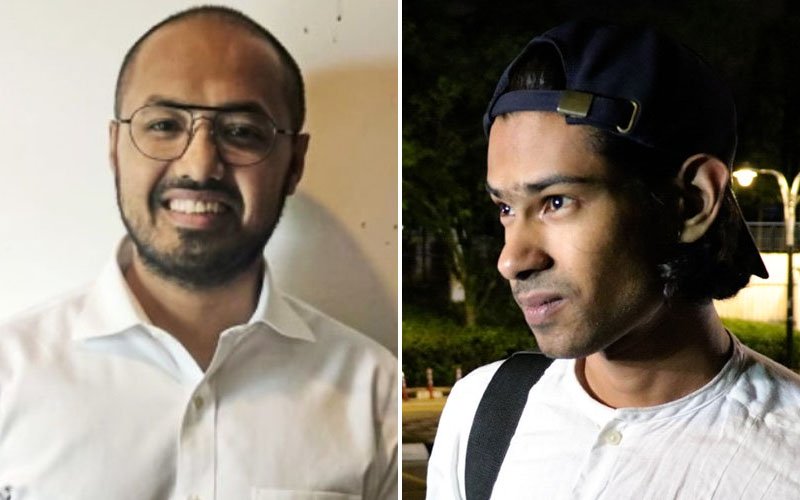
Yusoff may not have to challenge Anwar to file a suit against him, however, because it seems that Farhash Wafa Salvador, one of Anwar’s political secretaries, had already started a legal action against him.
b. Swear on the Quran
The al-Quran on the holy book for Muslims, and to swear on it is seen as a serious business not to be taken lightly. Besides being done before giving testimony in courts or before being sworn into a position, the act of swearing on the Quran have also been a common way to prove one’s innocence among Muslims. For example, Dr Mahathir had stated that he’s willing to swear on the Quran that he was innocent in the sacking of Salleh Abas as Lord President, and in the case of the alleged enforced disappearance of activist Amri Che Mat, a Special Branch officer had sworn on the Quran to refute the allegation that he once said the police was responsible for the disappearance.
However, this can only be done by Muslims, and owing to its seriousness should not be done lightly lest it backfires.
c. Perform a sumpah laknat (cursed oath)
Another Muslim-only thing, by right this can only be done as a last resort to prove a statement and end a disagreement. The correct way to do it is for two parties to come face to face along with families as witnesses, and both the accused and accuser will swear on God’s name that they’re telling the truth, and the lying party will have God’s curse (laknat) befall them.
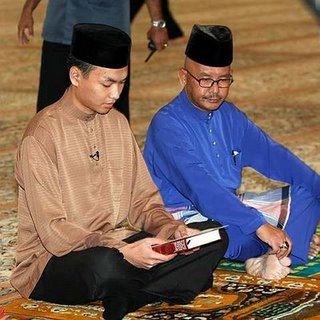
One of Anwar’s alleged victims, Saiful Bukhari, have been reported to do this in the past, although it seems that he didn’t follow the correct protocol. What he did seemed like a combination of a sumpah laknat and a swearing on the Quran, only his party showed up, and the oath was done in front of mosque officials instead. The declaration adheres to the sumpah laknat, though.
“It is time to honour my responsibility as a Muslim and to stand up for the truth. I deeply understand that if I am lying, I will be cursed by Allah, and woe will befall me, my family and for generations to come,” – Saiful Bukhari, as reported by The Star in 2008.
Of note, former Prime Minister Najib Razak had also planned to perform a sumpah laknat on Friday (20th Dec) to prove that he did not not order for Altantuya to be murdered as claimed in the Statutory Declaration of former police Special Actions Unit officer Azilah Hadri.
- 346Shares
- Facebook316
- Twitter5
- LinkedIn3
- Email3
- WhatsApp19

